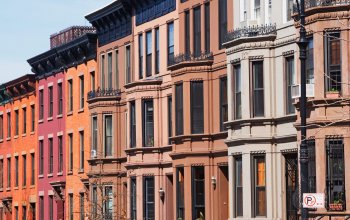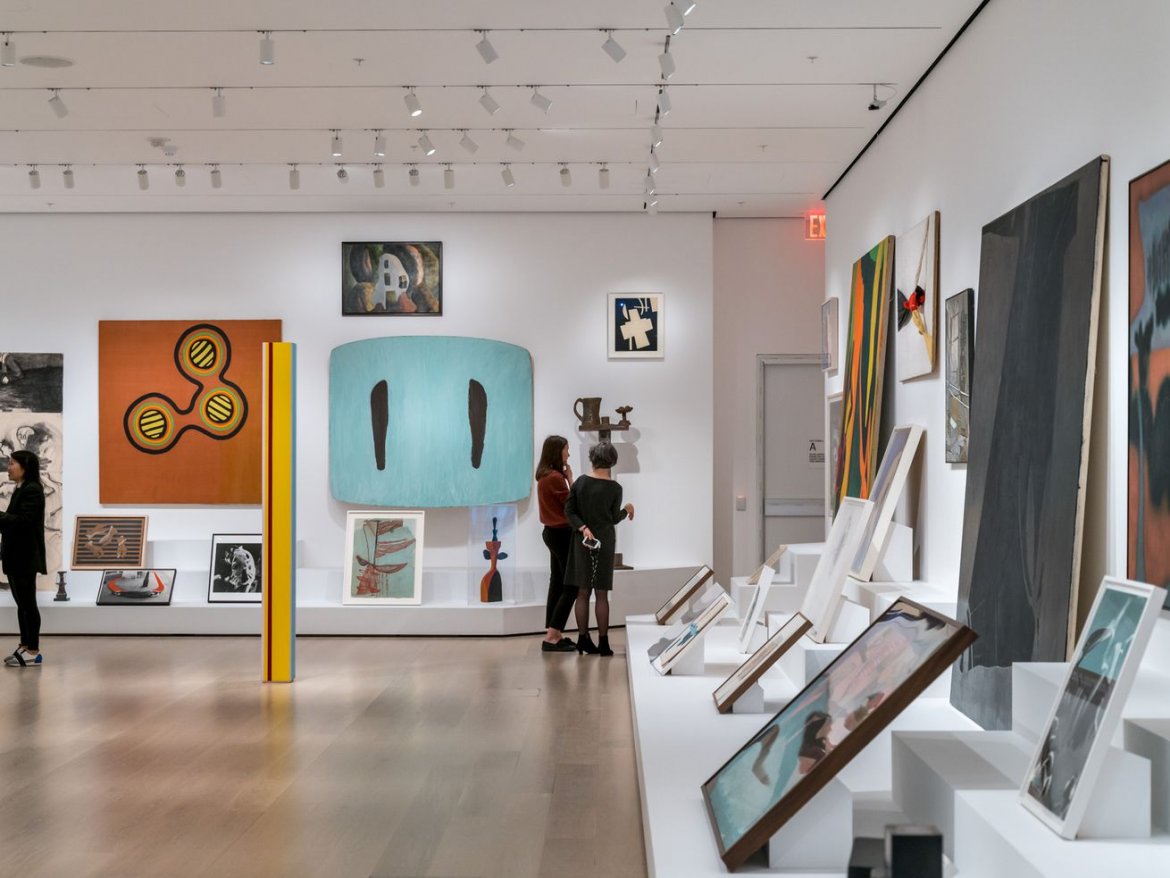
The ultimate guide to the Museum of Modern Art
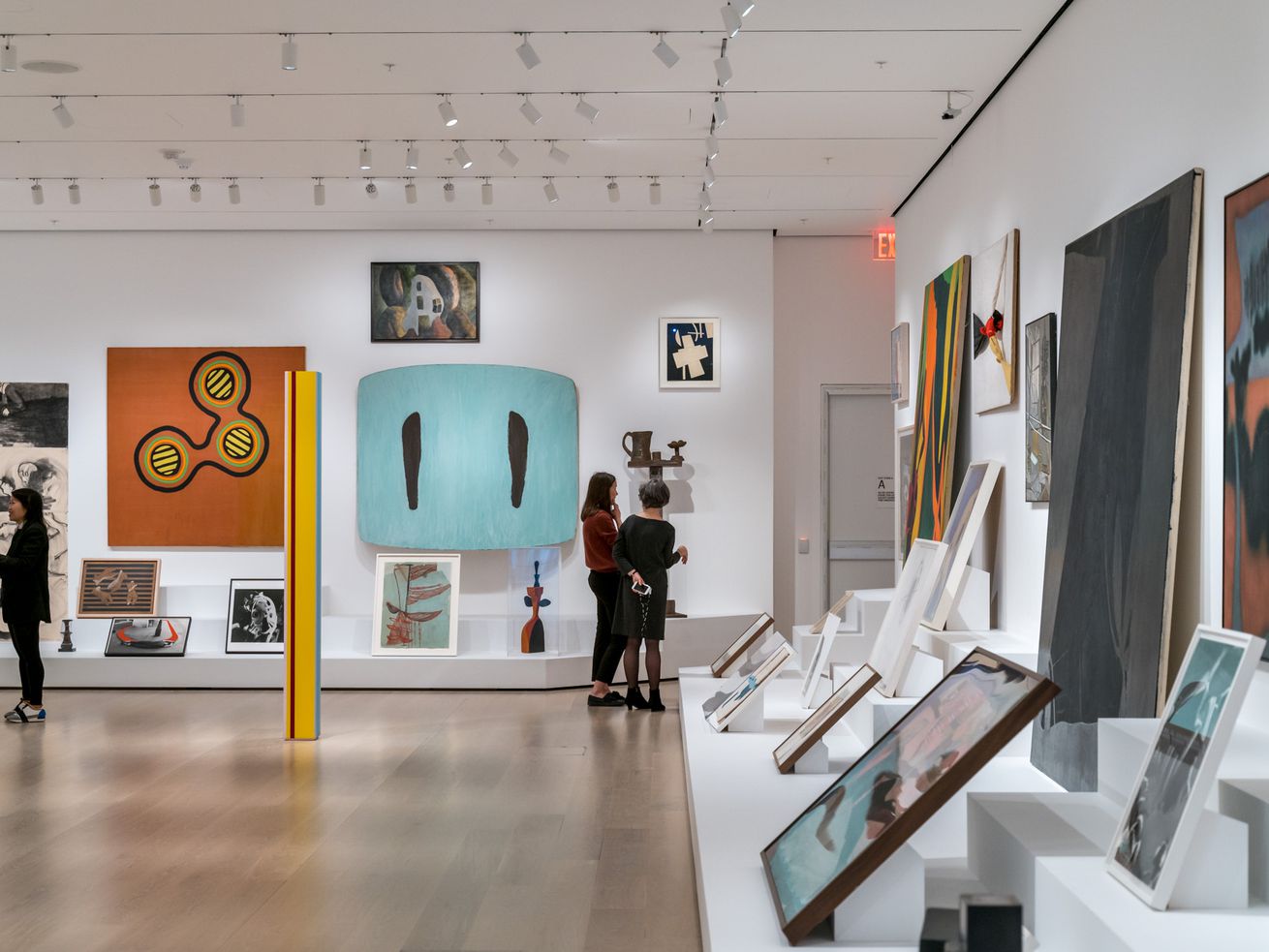

Everything you need to know about MoMA’s big revamp—when to go, what to see, and how much time you’ll need
The Museum of Modern Art is one of the city’s—nay, the world’s—most popular cultural institutions, and for good reason. As one of the foremost repositories of modern art, it includes pieces by a veritable murderers’ row of acclaimed artists, including Vincent van Gogh, Frida Kahlo, Andy Warhol, Yoko Ono, Keith Haring, Jean-Michel Basquiat, Cindy Sherman…you get the idea. If you have a favorite piece of modern art—Pollock’s kinetic paint splatters, or Monet’s impressionistic water lilies—there’s a good chance it’s hanging at MoMA.
And in its 90th year, MoMA will become an even bigger draw for art lovers: On October 21, the institution will unveil an ambitious renovation, helmed by Diller Scofidio + Renfro with Gensler, of its West 53rd Street home. The revamp will add 40,000 square feet of fresh galleries in both a ground-up building (which rose from the ashes of the Tod Williams Billie Tsien Architects-designed American Folk Art Museum) and the base of Jean Nouvel’s supertall skyscraper next door. It also includes a new museum store, a bigger lobby, and other additions that make the institution positively massive. (TL;DR: Make sure you’ve set aside plenty of time for a visit—at least three hours, if not more.)
In recent years, MoMA has seen its number of annual visitors go up to more than 3 million people—which means it’s also often quite packed, and can be difficult to navigate on the most crowded days. But if you’ve already seen The Starry Night, you can still have a chill experience.

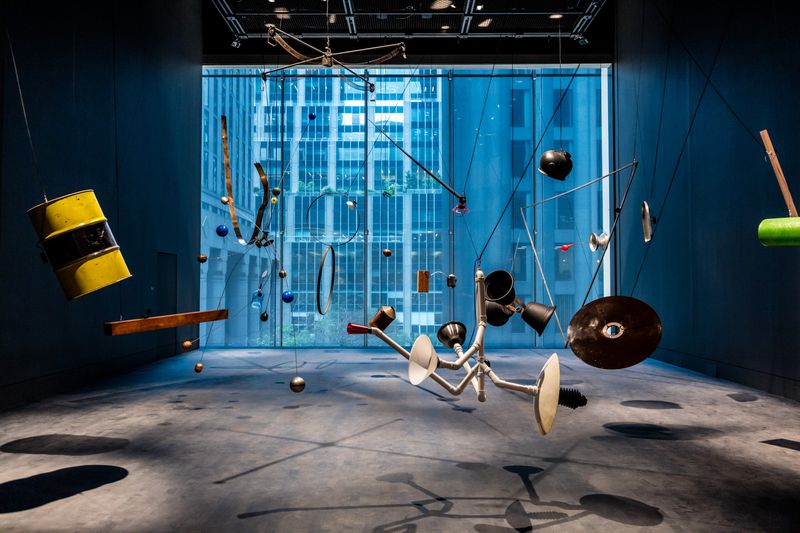
Must-sees
With the addition of 47,000 square feet of new galleries, the museum’s footprint for its collection has increased by about a third—and that’s not even taking into account the expansive new museum store, the sculpture garden (a classic, which blessedly remains untouched), expanded spaces for lounging, and new cafés. Here are the things you can’t miss.
Sou Fujimoto, Architecture Is Everywhere: The sixth floor is devoted to 11 large-scale installations, including this piece by Japanese artist Fujimoto, which arranges quotidian objects—potato chips, Ping Pong balls, binder clips—into complex architectural models. Where to see it: Sixth floor.
Interior N.Y. Subway, 14th Street to 42nd Street: This short piece, filmed by Billy Bitzer for the American Mutoscope Company, is some of the earliest footage from inside the New York City subway. It shows the stretch between 14th and 42nd streets on what is now the 4/5/6 line, providing “an unprecedented view of the future of urban travel,” according to the museum. Where to see it: Fifth floor, gallery 502.
The Vertical City: This is the gallery for urbanists: The pieces on view include photographs from Berenice Abbott and Edward Steichen, drawings by Hugh Ferriss, and a model of Frank Lloyd Wright’s never-realized St. Mark’s Tower project. Don’t miss Manhatta, a short film by Paul Strand and Charles Sheeler, showing a city on the verge of a massive development boom. Where to see it: Fifth floor, gallery 511.
Energy: In the new first-floor galleries, located adjacent to the expansive new museum shop, this installation considers how energy is represented through various art forms, including textiles, lighting fixtures, and solar-powered devices. The best part? It’s free and open to the public. Where to see it: First floor, Jerry Speyer and Katherine Farley Building.

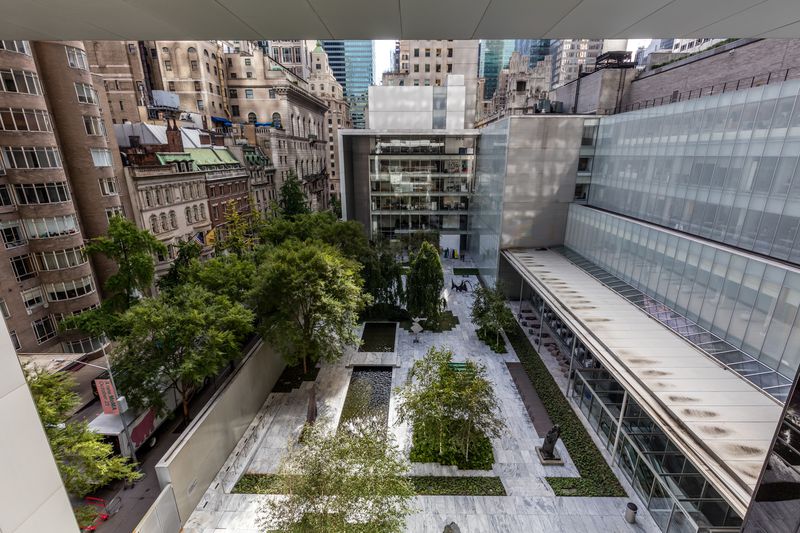
MoMA History
The Museum of Modern Art was founded 90 years ago by three prominent New York women: Abby Aldrich Rockefeller, Lillie P. Bliss, and Mary Quinn Sullivan. All three were patrons of the arts, and in particular, the modern art movement; Rockefeller in particular amassed a formidable collection that included works by Pablo Picasso, Henri Matisse, Edward Hopper, and other greats, many of which would later hang in the museum itself. (The sculpture garden at the heart of the museum, which was designed by Philip Johnson, was named for her.)
The museum’s first exhibit showcased the work of Post-Impressionist painters, including Paul Cezanne and Vincent van Gogh, and over the years it would go on to mount genre-defining exhibitions: “Cubism and Abstract Art” in 1936, “The New American Painting” in 1959, “Information” (devoted to conceptual art) in 1970, and so on. It’s also garnered attention for its sweeping retrospectives of modern masters (Matisse, Marcel Duchamp, Picasso, etc.), as well as its more recent (and somewhat controversial, at least in the art world) exhibits devoted to pop culture figures like Tim Burton and Bjork.
Now, the museum’s collection—which is about 200,000 items strong—includes some of the most famous works of art in history: Salvador Dalí’s The Persistence of Memory, Picasso’s Les Demoiselles d’Avignon, Andy Warhol’s Campbell’s soup cans, and on and on. In recent years, it’s also expanded its collections to include more artists who are traditionally underrepresented in the art world—women, artists from Latin America, Asia, and Africa, and so on.

Building MoMA
For as long as MoMA has been an institution, it has been tinkering with the spaces that it inhabits.
The museum was originally located in the Crown Building at Fifth Avenue and 57th Street, and moved a few blocks southeast in 1932 in search of more space. But it quickly outgrew that location, and in 1939, the first iteration of its current 53rd Street headquarters—an Art Deco building designed by Philip Goodwin and Edward Durell Stone—opened its doors. Subsequent additions and renovations—by Johnson, César Pelli, and most recently Yoshio Taniguchi—expanded the museum’s footprint, to varying degrees of success.
The latest renovation was overseen by Diller Scofidio + Renfro in collaboration with Gensler, which had the unenviable task of knitting together many disparate spaces—the new galleries, the pieces of the original Stone and Goodwin building, the lobby of the Taniguchi building, the sculpture garden—into something resembling a cohesive whole.
New additions include an expanded lobby, with a totally revamped museum store that sits below ground (and is anchored by a groovy wall of art books); new first-floor galleries that will always remain free; more galleries on the second, fourth, and fifth floors of what is now known as the David Geffen Wing; and a sixth-floor terrace cafe, with outdoor seating overlooking Midtown.


Know before you go
- If you’re looking to visit at a quiet time, you may be out of luck; MoMA is always crowded, although the addition of space may help with that. But the museum says the best time to show up is after 11 a.m.—the lines to get in are longest when it opens.
- Skip the sure-to-be-massive ticket queues and buy yours ahead of time online; there are more kiosks by the new main entrance where you can pick those up.
- Planning on visiting more than a couple of times this year? Consider a MoMA membership; for $85, you get plenty of perks, including early access to the museum and its blockbuster exhibits, free tickets to film series, and 10 percent off in the MoMA stores.
- If you just want to see the museum’s greatest hits—the Warhols, Matisses, Pollocks, and the like—head straight for the fifth floor, where the collection galleries start, and work your way down to the second floor.
- Need to take a load off? There are more places to sit than ever before; the first-floor lounge adjacent to the film center and the sculpture garden is especially chic.
- If you haven’t tired yourself out after spending a few hours at MoMA, you can use your ticket to get into MoMA PS1, the institution’s contemporary art outpost in Long Island City. It’s good for two weeks after you purchased it.

I’m here—now what?
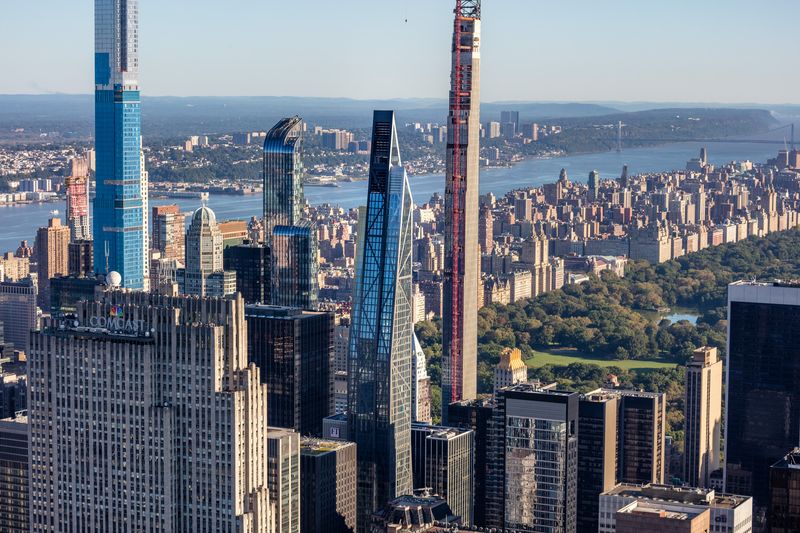
57th Street art galleries
Midtown was a haven for artists long before MoMA came along; the Art Students League of New York opened its 57th Street headquarters in 1892, and other institutions soon followed. Now, that thoroughfare is home to several of the city’s biggest and best-known galleries, including Marian Goodman, Pace/MacGill, and Marlborough, all of which are located between Park and Sixth avenues. Make an afternoon out of hopping from one to the other pre- or post-MoMA.
 Getty Images
Getty ImagesKing Cole Bar at the St. Regis Hotel
One of New York’s most storied hotels has plenty of artistic connections, chief among them the enormous mural by Maxfield Parrish (of, fittingly, the nursery rhyme Old King Cole) that hangs at the King Cole Bar on its ground floor. (Salvador Dalí also lived there for a spell in the ’60s and ’70s with his pet ocelot. Yes, really.) Go to the bar for its Bloody Mary, which is reportedly the first one served stateside.

Central Park
Need a place to meander while you absorb the art you’ve just taken in? You can’t do better than Central Park, which is just a few blocks away from MoMA. Enter at the southeast corner of the park (be sure to make a pit stop at the Strand Book Store kiosk, for a truly New York-y experience), and follow the pathways around the Pond that lead to the peaceful Hallett Nature Sanctuary. Grab a bench and let the contemplating begin.
Love where you live


